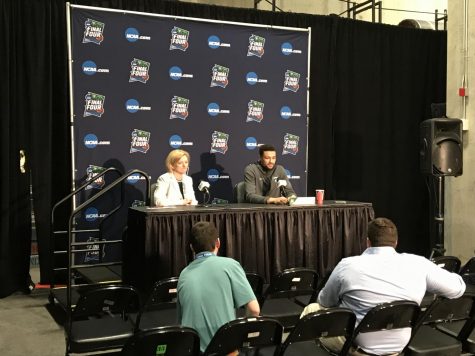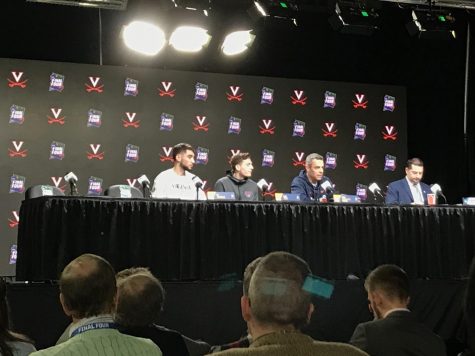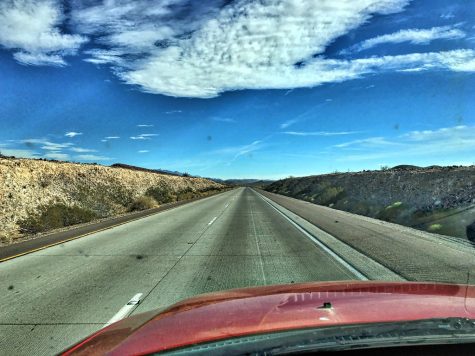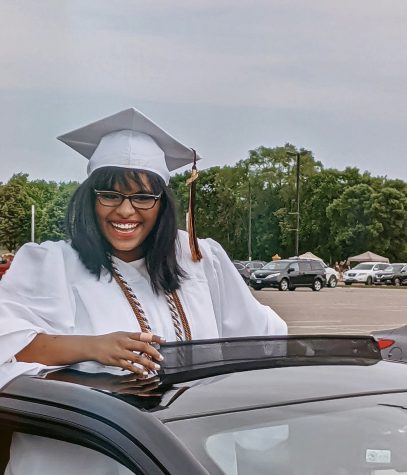Full Court Press
A Journalist’s Trip to the Final Four.
The 2019 Final Four, the annual conclusion to the NCAA men’s basketball tournament, made its long awaited return to Minneapolis this spring.
Early in April, tens of thousands of college basketball fans descended into downtown Minneapolis for the Final Four, an annual spectacle that brings in millions of dollars for host cities, broadcasters, and the countless ancillary businesses that support such an operation.
Through the United States Basketball Writers’ Association and “Full Court Press”, I had the opportunity to take part in the Final Four not only as a fan, but as a member of the credentialed media.

Thousands of Auburn faithful awaited their team’s brief open practice.
The day was a whirlwind of NCAA officials, corporate sponsors, event personnel, and, of course, the players and coaches that made it all possible. Here is how it all went down:
4.5.19
7:06 – 7:44 am
Even thirty-six hours before the first game is scheduled to start, Final Four advertising and event infrastructure surrounded U.S. Bank Stadium. Long stretches of chain-link fence restricted access to the main plaza, and security tents were stationed at regular intervals.
After nearly circling the stadium in a one-block radius, I was finally able to find the correct entrance tent for media members. Upon entering what is normally the Vikings’ staff entrance, I was directed to go three doors to the right, around the corner, and up the elevator to the press box. This dizzying set-up caused more than a few of the other student journalists in attendance to lose their way, as I ended up wandering the upper levels of the back hallways with writers from St. Louis Park High School and Boca Raton, FL.

Despite the complicated matrix of checkpoints and restricted areas, I eventually found my way to the main press box. Sportswriter Malcolm Moran congratulated all of the attendees on successfully “running the gauntlet” for the first time, a joking phrase that would be put to use often in the next hour.
7:45 – 8:11 am
As the final members of the “Full Court Press” presentation arrive, conversations quickly turned to the various headlines of the day. Moran explained that although he cannot officially disclose who will be named Player of the Year, if a list of potential candidates were created from “A to Z,” the winner could almost certainly be predicted: a not-so-subtle reference to Duke freshman phenom Zion Williamson.
Aside from Final Four discussions, I overheard several Bethel University students passionately discussing the possibility of the University of St. Thomas being voted out of the MIAC by its fellow conference members.
After these brief delays, the program began in earnest, and the Final Four experience was underway.
8:12 – 9:24 am
The main event of the morning was a panel featuring accomplished sportswriters Pat Borzi, Dana O’Neil, Rachel Blount, and Glen Crevier. The panelists discussed their experiences in the sportswriting industry and offered tips to prospective journalists.
At the conclusion of the panel, the other students and I were free to explore the media areas underneath the main concourses, and nearly all of us made a beeline for the elevators.
9:25 am – 1:30 pm
Team practices and interviews dominated the schedule Friday, as tens of thousands of fans streamed into the stadium to explore the impressive U.S Bank Stadium (complete with multi-million dollar darkening curtains required by the NCAA), catch their favorite team in action, or some combination of both. Beneath the stadium, a frenzy of media activity reigned. Team starters were shuttled to breakout rooms, while reserves stayed in their respective locker rooms, all of which were open to reporters.

In addition to preparing for arguably the most important games of their careers, players and coaches had to deal with the added challenge of navigating the spectacle that is the Final Four. Auburn forward Anfernee McLemore said that at times “it doesn’t look real,” but that Auburn would “come out [to Minneapolis] and prepare the same way.”
Michigan State guard Matt McQuaid took a similar view, explaining that the Spartans would “stay in their bubble, control what we can control. There’s a lot of distractions here at the Final Four […] but our main focus is on the game.”

Kenny Goins of Michigan State, along with a NCAA representative, met with media members in the breakout room.
Even experienced, veteran coaches acknowledged the difficulties that arise from balancing the traditional challenges of a college basketball team (Auburn’s Bruce Pearl pointed out that Auburn players still attended at the beginning of the week) in addition to the grand atmosphere of the Final Four.
Virginia coach Tony Bennett explained that perhaps the most difficult aspect of the tournament was taking care of official business off the court: “There’s a few more media obligations […] They’ve got us bouncing around.”

Virginia’s Ty Jerome (left), Kyle Guy, and head coach Tony Bennett answered questions during a Friday media session.
Beyond the towering centers and muscled forwards walking through the halls before practice, the Final Four brought out the top media personalities in college sports. Andy Katz of the Big Ten Network (formerly ESPN) constantly flashed in and out of interview rooms. CBS Sports’ Clark Kellogg sat on a folding chair near the elevator, striking up conversations with various event staff and media members.
All in all, the Final Four represents not only the ultimate college basketball experience of the year, but a look inside the multi-billion dollar business that is collegiate sports. Although
Auburn, Michigan State, Texas Tech, and Virginia come from different conferences, different states, and different school cultures, when they arrived in Minneapolis for the 2019 Final Four, they all entered the same dazzling arena that doesn’t always look real.
I, too, had to take a step back at times and appreciate the scale of the event. Although I was officially there as a reporter, I couldn’t help but notice that even the oldest players in the tournament were only four years older than me. For college (and high school) students in the United States, the Final Four has secured its place as the marquee spectacle in all of sports.







